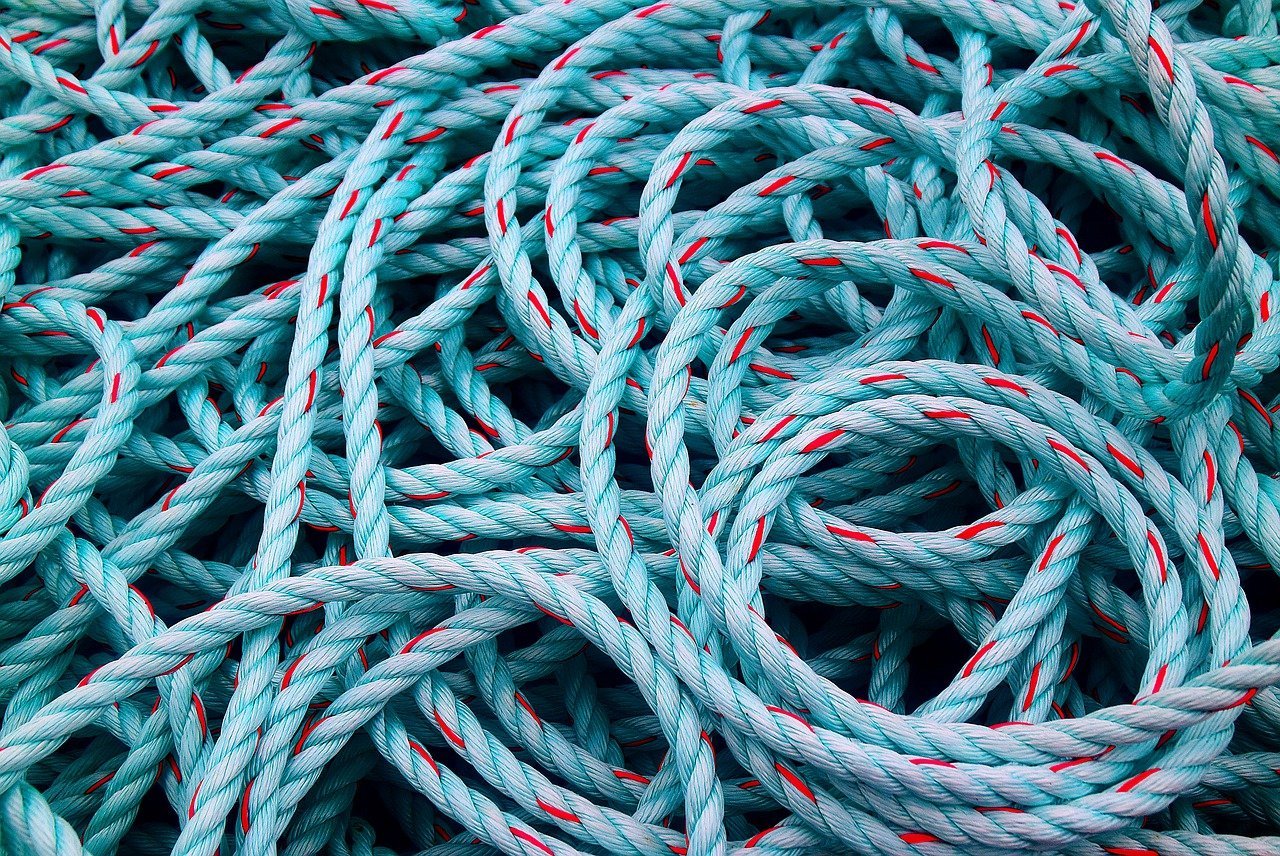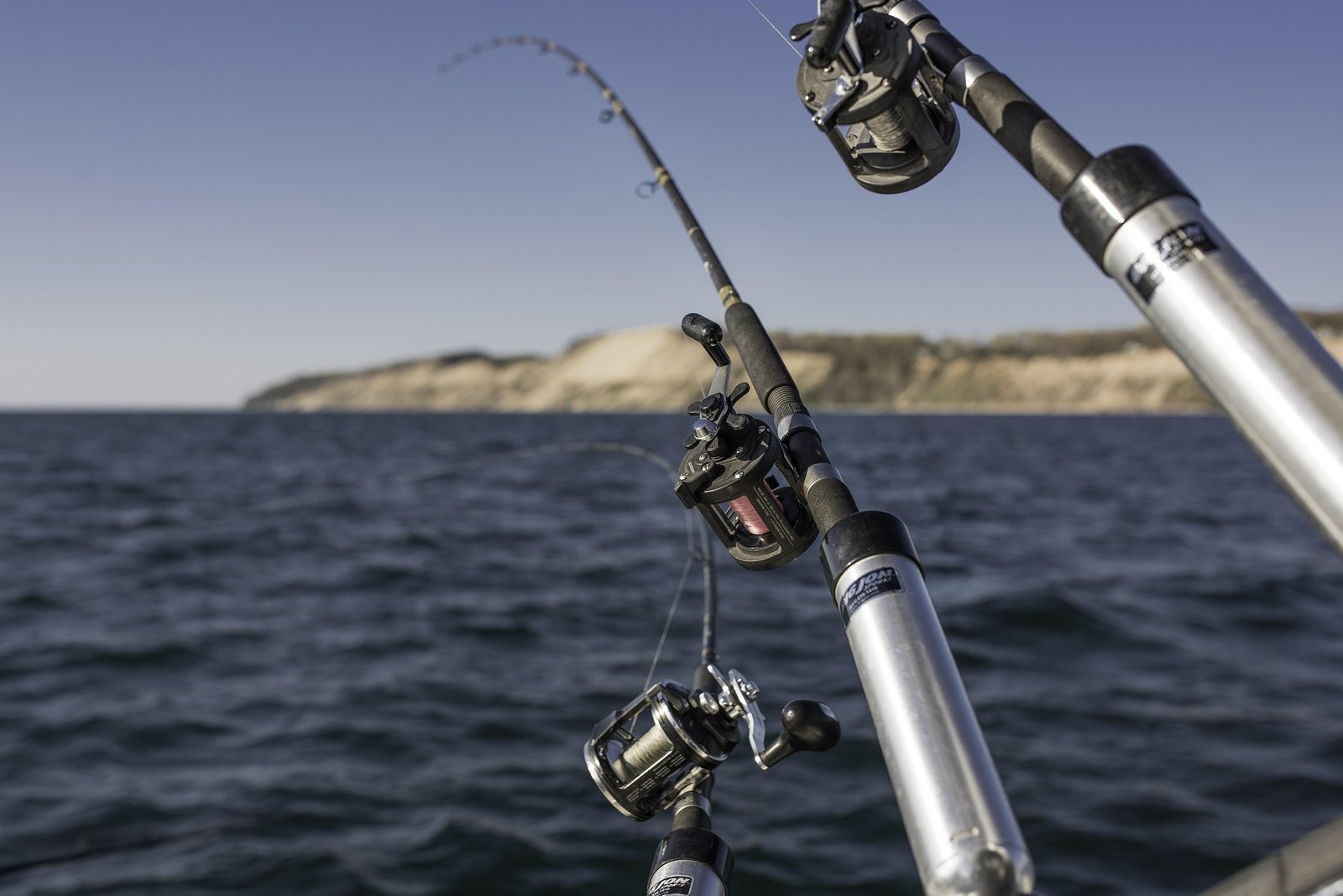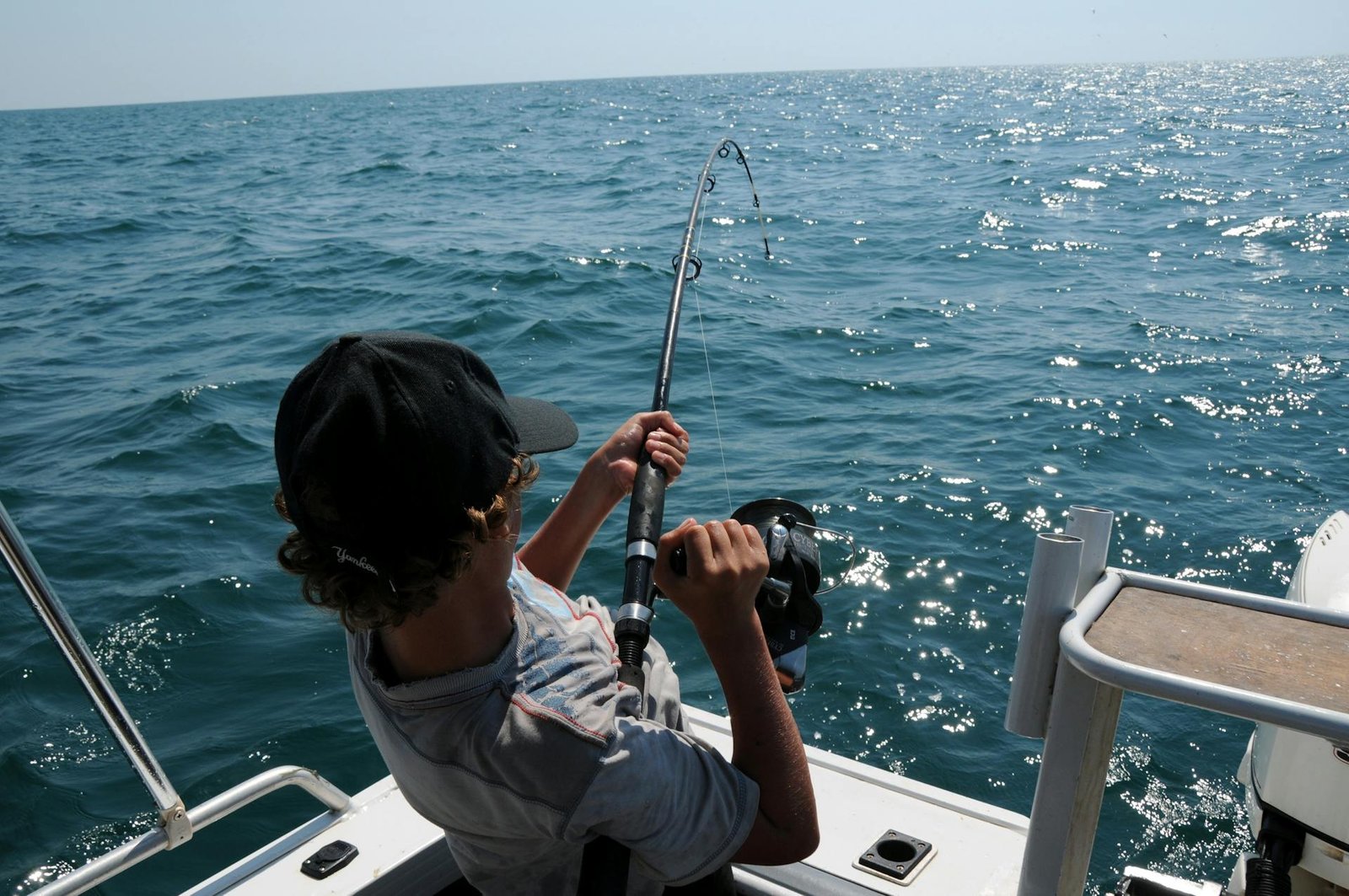Spearfishing is an exciting way to catch fish. It combines hunting, diving, and fishing skills into one thrilling activity. However, mastering spearfishing takes practice and knowledge. Consequently, beginners often struggle with styles, gear, and techniques.
This guide covers everything needed to become a skilled spearfisher. It explores different spearfishing styles, essential gear, safety tips, and best practices. Additionally, it provides clear steps to improve accuracy, breath control, and fish selection.
Spearfishing involves hunting fish underwater with a spear or specialized gun. Unlike traditional fishing, it requires diving skills and patience. Moreover, spearfishers must learn fish behavior and underwater navigation.
There are two main types of spearfishing: free diving and scuba diving. Free diving relies on holding one’s breath, while scuba uses oxygen tanks. Consequently, free diving is more challenging but offers better stealth.
Different spearfishing styles suit different environments and skill levels. Beginners should start with simpler methods before advancing. Here are the most common styles:
Shore diving is the easiest way to start spearfishing. It involves entering the water from the beach or rocks. Furthermore, it requires minimal gear and works well in shallow reefs.
Blue water hunting targets large open-water fish like tuna or mahi-mahi. However, it requires strong swimming skills and deep diving ability. Additionally, it often involves drifting in currents far from shore.
Reef hunting focuses on fish near coral or rocky structures. It demands good stealth and accuracy. Moreover, spearfishers must avoid damaging fragile coral ecosystems.
The right gear makes spearfishing safer and more efficient. Beginners should invest in quality equipment early. Here’s what every spearfisher needs:
Spearguns come in different lengths and power types. Shorter guns work best in reefs, while longer guns suit open water. Furthermore, pneumatic and band-powered guns offer different benefits.
A wetsuit keeps divers warm and protects against jellyfish or scrapes. Thicker suits are better for cold water. Additionally, camouflage patterns help blend into the surroundings.
Long-blade fins improve swimming efficiency underwater. They should fit snugly without causing discomfort. Moreover, stiff fins work best for strong currents.
Breath control is crucial for free diving spearfishing. Proper training increases dive time and safety. Here’s how to improve breath-holding:
Deep belly breathing maximizes oxygen intake before a dive. Spearfishers should practice slow, controlled breaths. Furthermore, exhaling fully removes stale air from the lungs.
Stress increases oxygen consumption underwater. Therefore, staying calm extends dive time. Simple meditation before diving helps maintain relaxation.
Successful spearfishing depends on precision and avoiding detection. Fish are sensitive to movement and sound. Consequently, spearfishers must move slowly and quietly.
Approaching fish requires patience. Moving in slow, smooth motions prevents scaring them away. Additionally, using rocks or coral for cover improves success rates.
Spearfishers should aim slightly below the fish due to water refraction. Furthermore, waiting for the perfect shot ensures a clean kill. Rushing often leads to missed opportunities.

Knowing how fish react improves spearfishing success. Different species have unique habits. Here’s what to consider:
Fish are most active during feeding times, usually dawn or dusk. Moreover, some species follow tides or currents. Learning these patterns increases catch rates.
Some fish defend their territory aggressively. Spearfishers can use this behavior to lure them closer. However, caution is needed to avoid provoking dangerous fish.
Spearfishing has risks, but proper precautions reduce danger. Ignoring safety can lead to accidents. Here’s how to stay safe:
Never spearfish alone. A partner can help in emergencies. Furthermore, they can signal for help if needed.
Boat propellers pose a serious threat. Spearfishers should use a dive flag. Additionally, staying aware of surroundings prevents collisions.
Some fish, like lionfish or moray eels, can be harmful. Spearfishers must recognize and avoid them. Moreover, handling venomous species requires special care.
Responsible spearfishing protects marine ecosystems. Overfishing harms fish populations. Here’s how to spearfish sustainably:
Only take mature fish within legal limits. Furthermore, avoid endangered species. This ensures healthy fish stocks for the future.
Avoid touching or breaking coral. Spearfishers should also retrieve lost gear. Additionally, using barbless spears reduces injury to non-target species.
Experienced spearfishers can refine their skills further. Advanced techniques require extra training. Here’s what to focus on:
Deep dives need proper equalization and fitness. Spearfishers should train gradually. Moreover, advanced breath-hold exercises increase dive depth safely.
Targeting large fish demands strength and strategy. Stronger guns and longer dives are necessary. Additionally, learning fish migration routes improves success.
roper care extends gear lifespan and performance. Neglecting maintenance leads to malfunctions. Here’s how to keep gear in top shape:
Saltwater damages equipment over time. Always rinse gear with fresh water. Furthermore, drying it properly prevents rust and mold.
Keep spearguns and fins in a cool, dry place. Additionally, inspect them before each use for wear or damage.
Mastering spearfishing takes time and dedication. However, following these steps ensures steady progress. Whether shore diving or blue water hunting, practice leads to success.














Leave a Reply